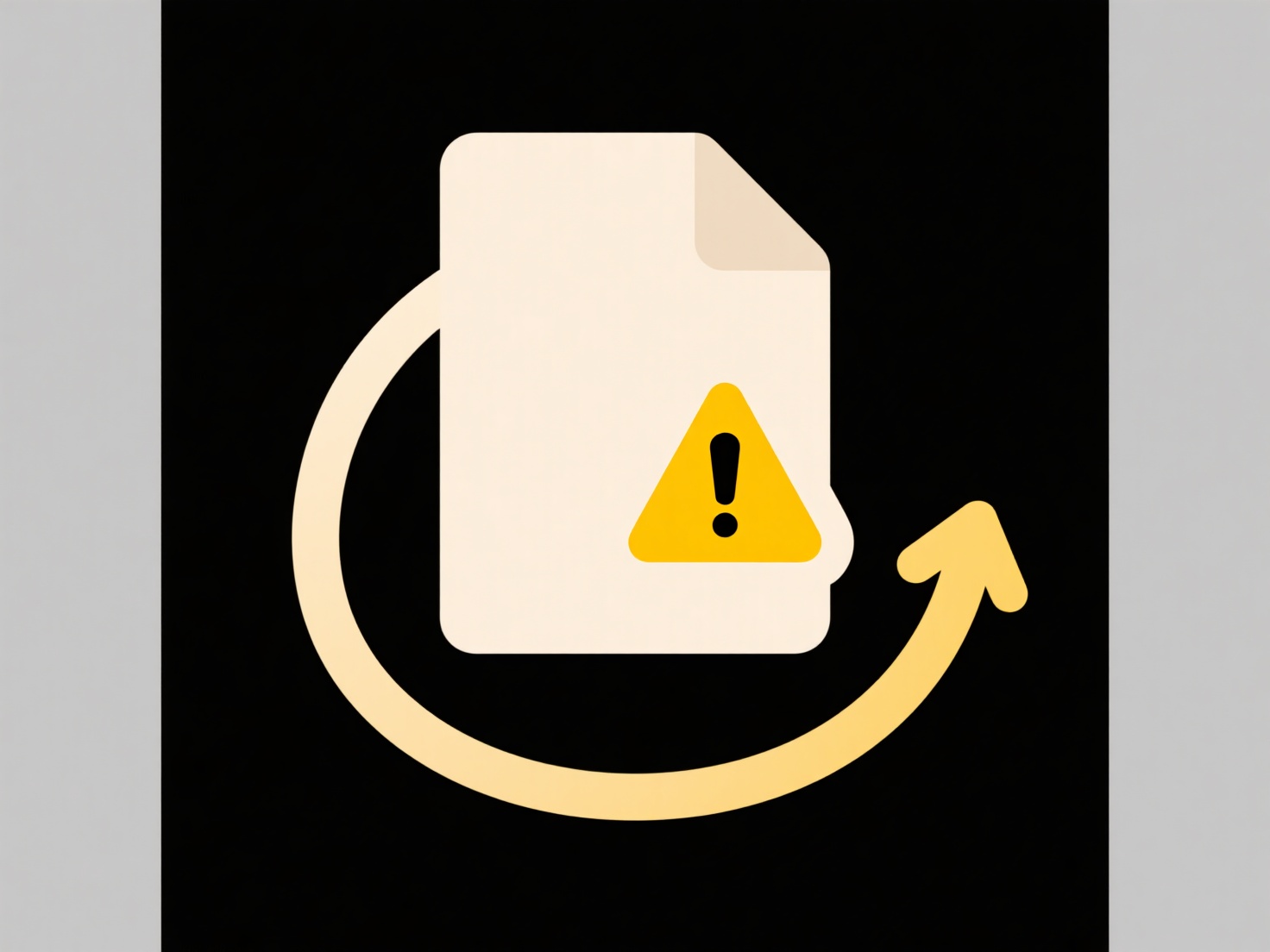
A smart folder (also called a saved search) is not a physical folder storing files. Instead, it's a virtual container defined by specific search criteria (like filename, content, tags, date modified, or file type). Instead of copying files, it dynamically gathers any items across your storage that match its rules whenever opened, saving you from repeating the same manual searches.

For example, on macOS, creating a Spotlight Smart Folder (File > New Smart Folder) lets you instantly see all PDFs modified this week, regardless of which actual folders they reside in. Similarly, many email clients (like Outlook or Thunderbird) offer saved searches to filter messages meeting conditions like "From John + Attachment". File explorers, cloud storage interfaces, and document management systems frequently provide this functionality.
The key advantage is automation and time savings; relevant files automatically appear without manual sorting. However, setting up effective criteria requires some understanding and initial effort. While invaluable for organizing complex projects or large collections, they rely on accurate file metadata and system indexing. This efficiency significantly boosts productivity in knowledge work, making digital assets much easier to manage proactively.
How do I use smart folders or saved searches?
A smart folder (also called a saved search) is not a physical folder storing files. Instead, it's a virtual container defined by specific search criteria (like filename, content, tags, date modified, or file type). Instead of copying files, it dynamically gathers any items across your storage that match its rules whenever opened, saving you from repeating the same manual searches.

For example, on macOS, creating a Spotlight Smart Folder (File > New Smart Folder) lets you instantly see all PDFs modified this week, regardless of which actual folders they reside in. Similarly, many email clients (like Outlook or Thunderbird) offer saved searches to filter messages meeting conditions like "From John + Attachment". File explorers, cloud storage interfaces, and document management systems frequently provide this functionality.
The key advantage is automation and time savings; relevant files automatically appear without manual sorting. However, setting up effective criteria requires some understanding and initial effort. While invaluable for organizing complex projects or large collections, they rely on accurate file metadata and system indexing. This efficiency significantly boosts productivity in knowledge work, making digital assets much easier to manage proactively.
Quick Article Links
How do I stop Chrome from auto-opening certain files?
Chrome automatically opens certain types of files like PDFs or images directly in the browser when downloaded. To change...
How do I add prefixes or suffixes to a group of files?
How do I add prefixes or suffixes to a group of files? Adding standard text before (prefixes) or after (suffixes) the ...
Can conflicting naming policies lead to duplication?
Conflicting naming policies occur when different systems, teams, or standards impose incompatible rules for assigning id...